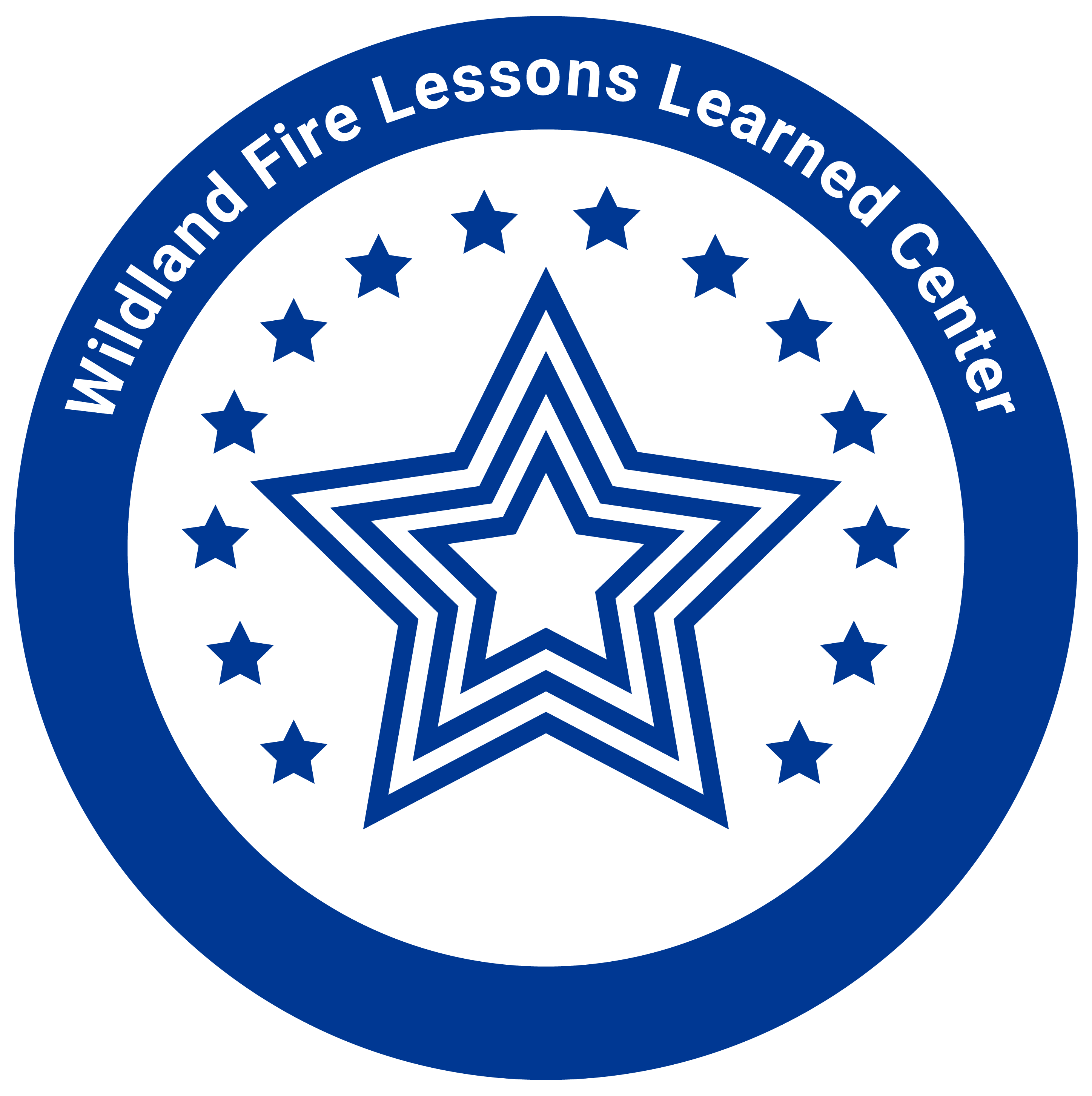Waters Gulch Rx Helitorch Mishap
[The 2023 Summer Issue of Two More Chains invited its readers to study several fires that they may not recall—or maybe never even heard of. This short summary of the “Waters Gulch Rx Helitorch Mishap” incident was one of these writeups that originally appeared in that Two More Chains issue.]

In this story, a weather observer is caught in a bad spot when ignitions begin on a prescribed fire in Northern California in 1999. While dropping gelled gasoline to ignite the burn, the pilot flying the mission noticed a person in yellow and green below him, inside the ignition unit. The unit was located on the steep slopes north of Shasta Lake, with brush, pine and oak vegetation. Meanwhile on the ground, a U.S. Forest Service employee, acting as a weather observer, took refuge under a tall pine tree, expecting to have fire dropped on and around her.
This weather observer had been asked days before to help take weather and fuel moisture observations on the burn. The observer had very limited fire experience, however, and was nursing an injured wrist that she was concerned she could re-injure as she navigated the steep hillsides
Despite this, her observations helped fire managers decide the burn was a “Go” and they launched the helicopter with the helitorch hanging underneath. Due to limited communications and a potentially faulty radio, the observer only found out the helicopter had been launched when she heard its motor above her, as it popped into view over the ridge, dropping a line of fire.
Burning gel ultimately landed within 20 feet of the weather observer before the pilot shut down the operation and the observer escaped downhill to the lakeshore.
While this is a unique and shocking story, there are lessons here that are useful even in more routine operations:
- Make sure everyone involved in the prescribed fire is included in briefings.
This should include folks who aren’t directly involved in operations, or people who aren’t on the burn the entire day.
- Personnel involved on the prescribed fire need to inform the burn boss of potential health or safety issues.
Not mentioning an injury or other concerns can escalate quickly when fire is on the ground and you are far from the truck.
- Radio communications need to be checked and everyone involved in the prescribed fire needs to know how to operate a radio.
You want to find out if you can’t hit the repeater, or you can’t make contact on line-of-sight from your location when operational tempo is low and mitigations can be made.
Having a useful knowledge of the radio is critical for everyone on the burn—you never know who will get taken out of action and who may have to call for help.
------------
To see the Waters Gulch Prescribed Fire Report:
------------
Related Incident
Clark Peak Fire
“At approximately 0920 on May 3, 1996, an incident occurred on the Clark Peak Fire. On initiating the aerial firing operation, the helicopter, 4HC carrying a Primo Mark III aerial ignition device, dropped plastic spheres on and in the midst of a handcrew working adjacent to the control line.”
Recommendation from Report:
Develop standard protocols for aerial ignition operations including, but not limited to, a clear confirmation that the area is clear and secure prior to initiating the operation.

